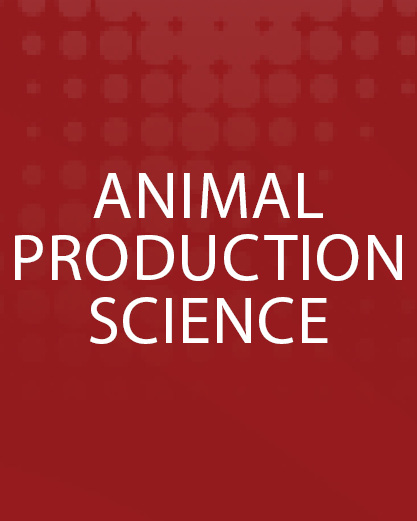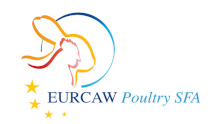Document type: scientific article published in Animal Production Science
Authors: P.C. Glatz, A.J. Tilbrook
Preview: A practice that is used to extend the period of lay of hens is induced moulting. It involves restriction of nutrients, and sometimes manipulation of lighting, with the consequent loss of bodyweight and feathers, regression of the reproductive tract and cessation of egg lay. When the period of moulting is completed, the reproductive tract will regenerate and egg production will resume, thereby extending the overall period of lay. Towards the end of the laying cycle of hens, the production and quality of eggs decline. At this point, some egg farmers will induce a moult in the flocks to reduce bird-replacement costs and improve profitability. In the Australian egg industry, less than 10% of layers are moulted. There are implications for the welfare of hens that are induced to moult, particularly due to loss of bodyweight and feathers. Histopathological studies have shown the extent to which loss of feathers may affect welfare from a physical perspective, and it terms of pain. It is apparent that induced moulting can lead to an increase in aggression and injurious pecking, and birds with poor feather cover are vulnerable to damage from this pecking. Induced moulting can increase stress, although the implications of this for the welfare of hens is not well understood. The endocrine events associated with induced moulting are reasonably well known and it is possible to manipulate the endocrine system to extend the lay of hens without the need to moult. Nevertheless, these approaches are unlikely to be adopted into practice. More importantly, hens should always have feed and water available and are in good condition before undergoing a moult. This is essential from the perspective of ensuring adequate standards of welfare of birds.




